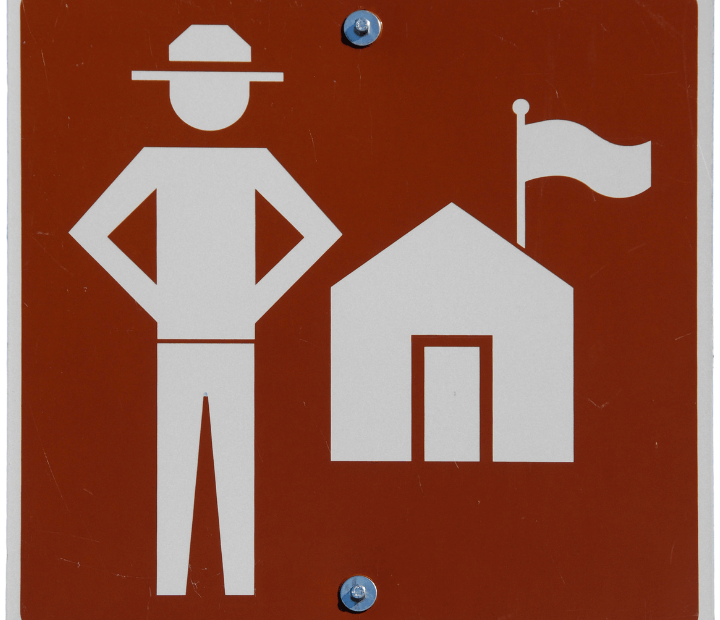Land-use planning in state parks plays a pivotal role in protecting nature areas, encouraging long-term recreational enjoyment and safeguarding both guests and their natural surroundings. In the future the changing technological and social dynamics and the environment pose an array of complicated challenges that require innovative and flexible methods for land-use planning in state parks.
- Balancing Conservation and Recreation:
One of the greatest challenges in planning state park land use is striking an equilibrium between protecting natural ecosystems and providing recreation facilities. Although parks are intended to provide a place for people to enjoy nature, the increasing demand for visitors can result in disturbance to habitats erosion of soil, disturbances to wildlife. To tackle this issue, park planners have develop strategies for creating zones for recreation as well as protect vital habitats, possibly through the zoning process or management plans to allow access.
- Climate Change Resilience:
The impacts of climate change are becoming increasingly evident, and state parks are not immune. Intense temperatures, changing patterns of precipitation and extreme weather events pose planners with a variety of unique issues in land-use design. Planners must anticipate and reduce these effects by moving infrastructure away from vulnerable areas, taking erosion control steps where applicable and revamping planting strategies accordingly to ensure long-term survival of native flora species.
- Urban Encroachment and Fragmentation:
As cities continue to grow state parks are often faced with the threat of encroachment creating habitat fragmentation and the loss of biodiversity. To stop this from happening planning, planners should work with developers in urban areas to construct natural buffers and wildlife corridors that link the habitats in fragmentation. This could require legislative support to ensure the security of these vital links.
- Technological Integration:
Emerging technologies like virtual reality, augmented reality and smart sensors hold great promise to enhance visitor experiences at state parks. Yet incorporating such innovations while keeping true to nature remains challenging; planners must find ways to incorporate tech innovations without diminishing its intrinsic beauty.
- Sustainable Infrastructure Development:
Infrastructure development within state parks such as trails, visitor centers and campgrounds must adhere to sustainability principles. Employing eco-friendly materials, renewable energy sources and low impact designs will reduce their environmental footprint; additionally planners must take into account life cycle costs of infrastructure to ensure they remain economically viable over time.
- Inclusive and Equitable Access:
Accessing the state parks in a fair manner remains an issue, especially for communities with diverse cultures. Socioeconomic disparities may limit transportation access and therefore limit experiences from outdoor recreation activities. Planners should prioritize initiatives to make parks accessible to everyone, including public transportation such as community outreach programs, community outreach and facilities that are accessible to those with disabilities.
- Adaptive Management:
The dynamic nature of ecosystems and the evolving needs of society require a flexible and adaptive approach to land-use planning. Planners should embrace a continuous feedback loop that involves monitoring, evaluation, and adjustments based on changing conditions. This approach allows for the incorporation of new information and ensures that the management strategies remain effective over time.
- Financial Sustainability:
State parks often rely on a combination of government funding, user fees, and private donations to support their operations. As budgets fluctuate and economic realities shift, maintaining financial sustainability becomes a challenge. Planners need to explore innovative funding models, partnerships with local businesses, and the development of revenue-generating initiatives that align with the park’s conservation goals.
In conclusion, the future of land-use planning for state parks is marked by a series of intricate challenges that demand creative and adaptive solutions. The need to balance conservation with recreation, tackle climate change impacts, integrate technology responsibly, and ensure equitable access requires planners to collaborate across disciplines and engage with communities. By addressing these challenges head-on, we can ensure that state parks continue to serve as havens of natural beauty, recreation, and environmental education for generations to come.
